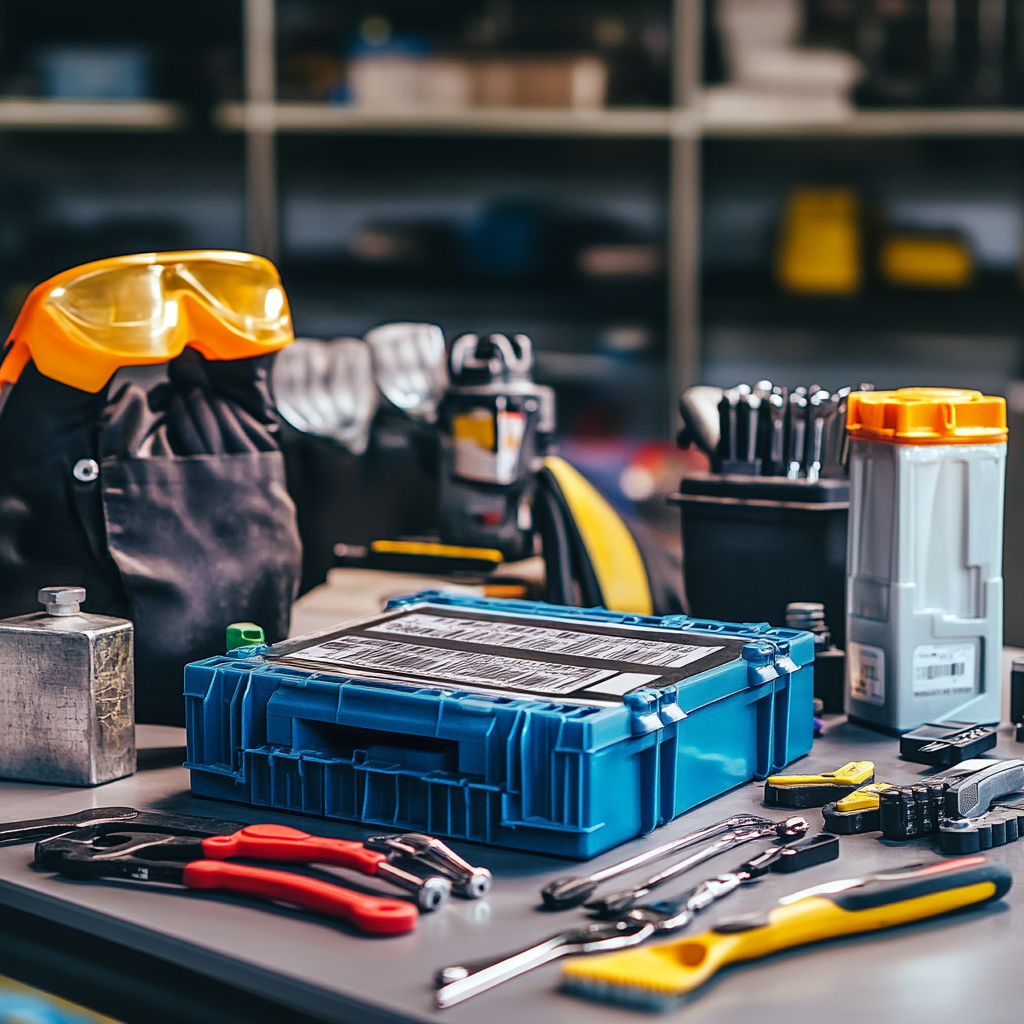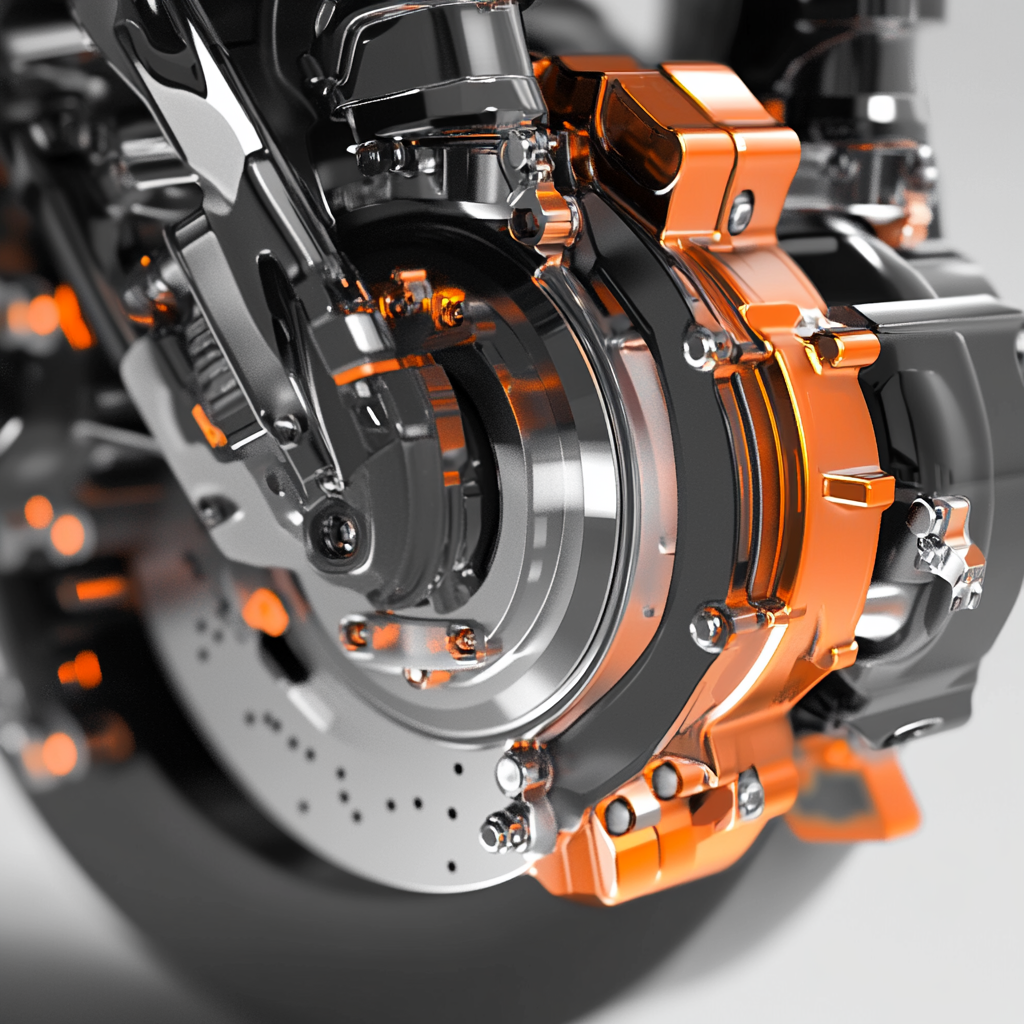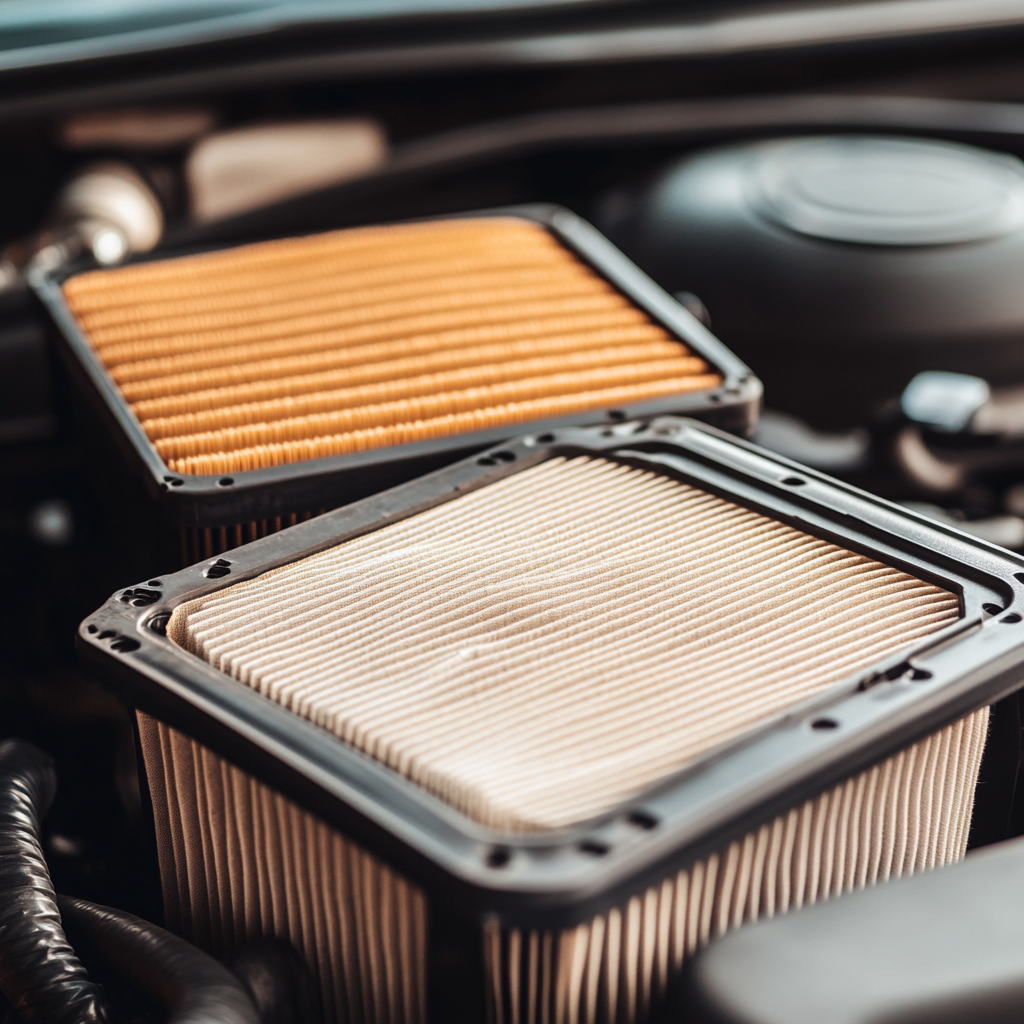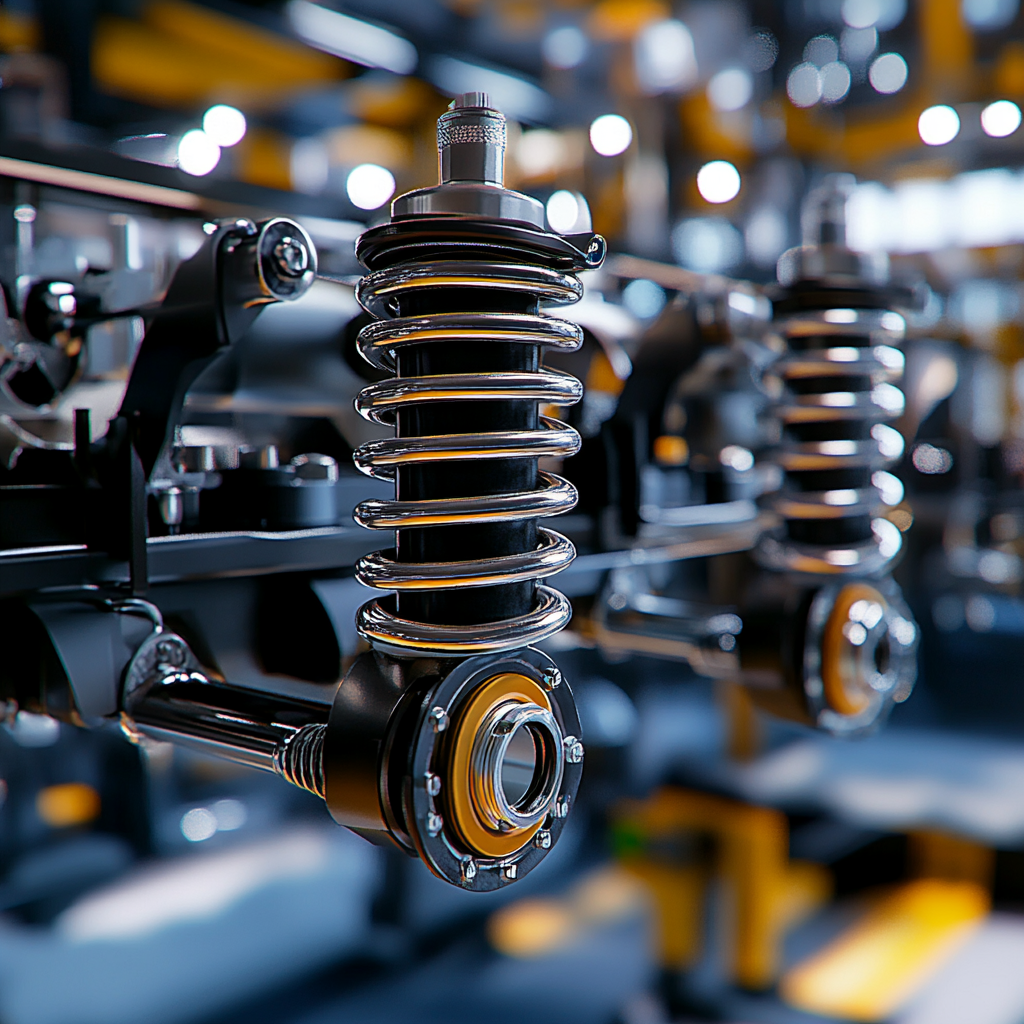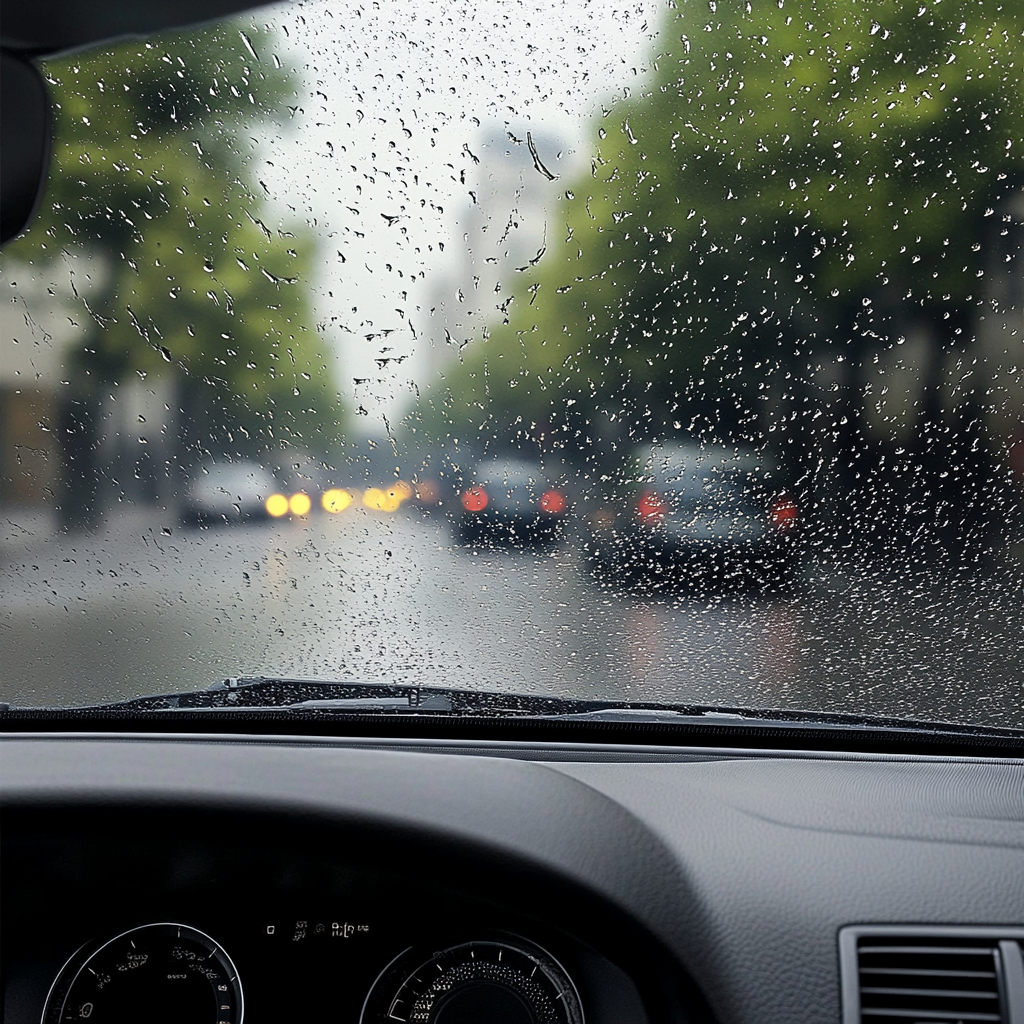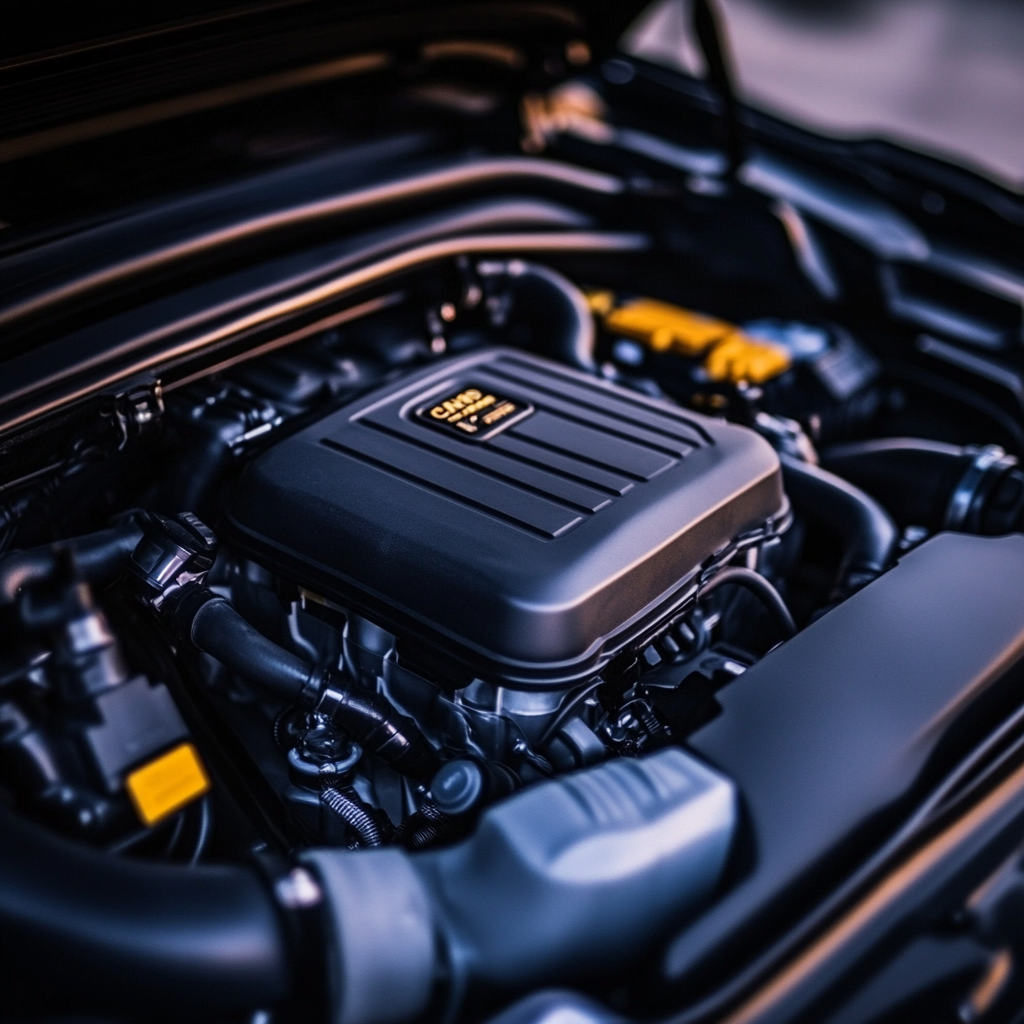Following the best practices for tire maintenance ensures your safety on the road while saving money and keeping your vehicle running smoothly. As we all know only tires make contact with the road, due to this friction tires wear out over time. But with the right care, you can make them last much longer. Well maintained tires help your vehicles run smoothly. It provides you better control while driving and also saves you from expensive replacements.
By following these best practices for tire maintenance, you can extend the life of your vehicle’s tires, and keep your car performing at its best. By reading this blog, you will discover simple steps that make a big difference in keeping your tires in a great shape. Let’s dive in!

Keep Tires Properly Inflated
Maintaining proper inflated tires is one of the easiest ways to extend their life and ensure safe driving. Both over inflation and under inflation cause problems. These lead to uneven tire wear. For that you will need to replace your tires sooner than expected.
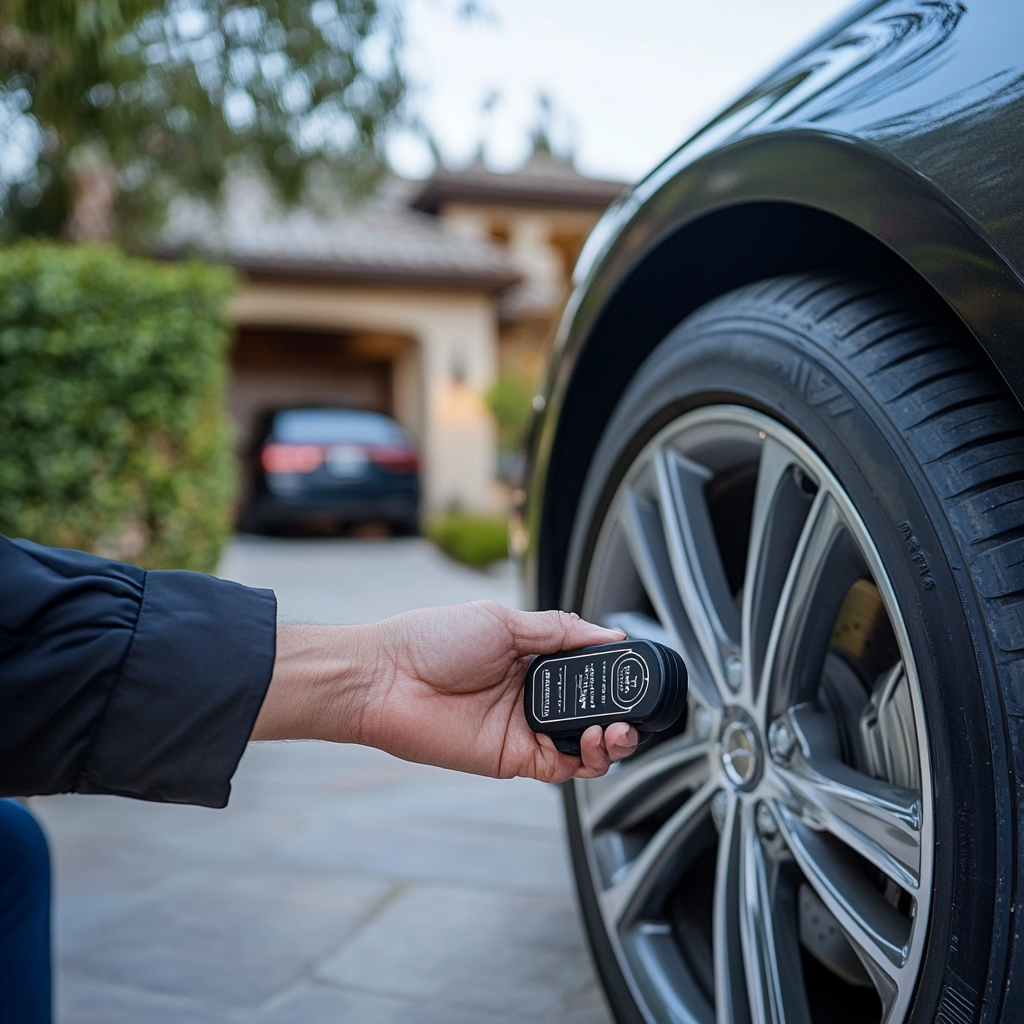
Over inflation:
When you put too much air in your tires, it is known as over inflation. This over inflation makes the centre of the tire bulge out. For this shape only the middle section of tire touches the road. For this reason, the centre of the tire wears down faster than the edges of your tire. Due to these over inflated tires, you will experience a rougher ride. This over inflation reduced the contact area between road and tire. Which reduces the tire’s ability to grip the road. It makes driving less safe, especially in wet or slippery conditions.
Under inflation:
On the other hand, under inflation happens when there is not enough air in the tires. This type of condition makes more contact area between road and tires. For this it causes the edges of the tire to press harder against the road. Which results wearing out the sides faster then the centre. Due to this more frictional area, your vehicles require more power to move. Which causes a reduction in fuel efficiency. And it makes your car harder to handle, increasing the risk of a blowout.
By checking your tires regularly, at least once a month you can maintain the correct tire pressure. For this you can use a tire pressure gauge. If you don’t know the recommended tire pressure for your vehicle, you can follow your vehicle manual, or you can find it in the label inside the driver’s door. Make sure to adjust the pressure as it is mentioned. Either by adding more air if it’s low or letting some air out if it’s too high. Properly inflated tires wear evenly, improve fuel efficiency, and make your car safer to drive.
Rotate Tires Regularly:
Rotating your tires regularly, ensure that they wear evenly and last longer. When you drive your vehicles the different parts of your vehicle’s tires don’t wear at the same rate. For example, the front tires usually wear out faster than the rear ones. Because front tires handle more of the car’s weight and are responsible for steering. If you do not rotate your tires regularly, then the front ones will wear out much quicker. Meaning you will need to replace them sooner, before its lifetime.
Tire rotation:
Tire rotation involves moving your tires from front position to rear position or vice versa. It’s like switching the front tires with the rear ones. It helps distribute the wear more evenly across all four tires of your vehicles. So they last longer and perform better. Even wear improves your car’s handling. And tire rotation also makes your ride smoother and safer.
Some experts suggest rotating your tires at every oil change, which makes it easy to remember. But it’s always a good idea to check your owner’s manual for the specific schedule for your vehicle to tire rotation. When you rotate your vehicle’s tires, the pattern of rotation may vary based on whether your car is front-wheel, rear-wheel, or all-wheel drive. Your mechanic or owner’s manual will guide you on the best pattern to use.
By following this simple tire rotation method, you can extend the life of your vehicle’s tire. It also improves fuel efficiency. It’s a simple step that pays off in the long run!
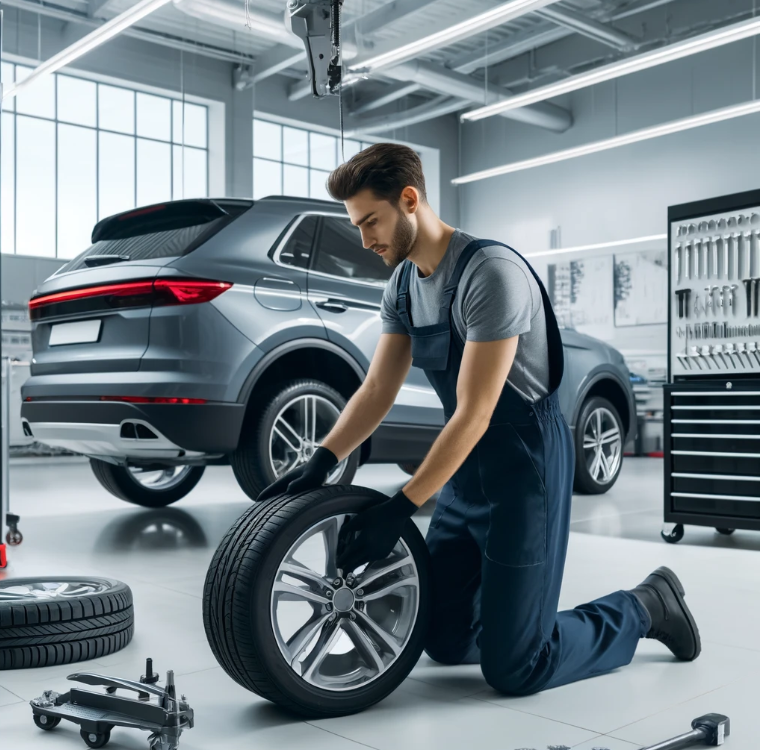
Check Tread Depth
Checking your tire tread depth is an important part of tire maintenance. We know that only the tire is the thing that makes contact with the road. And the tread is the part of the tire that makes contact with the road. Over time this tread wears down, which reduces your tire’s ability to grip the road. Especially in the rainy season when our road is in wet or slippery condition it creates a dangerous situation. To stay safe, it’s important to measure the tread depth regularly and know when it’s time to replace your tires.
Penny test is the simplest way to measure tread depth of your tire. Take a penny and insert it into the tread with Lincoln’s head facing down. Now observe the penny, if you can see the top of Lincoln’s head then your tire tread is too worn. And it’s time to replace your tires. Generally, if the tread depth is less than 2/32 of an inch, the tires are considered unsafe and should be replaced immediately.
Some famous tire manufacturing companies produce their tires with tread wear indicators. Which are small bars built into the tire grooves. When the tread wears down to the level of these bars, it’s a clear sign that the tires need to be replaced.
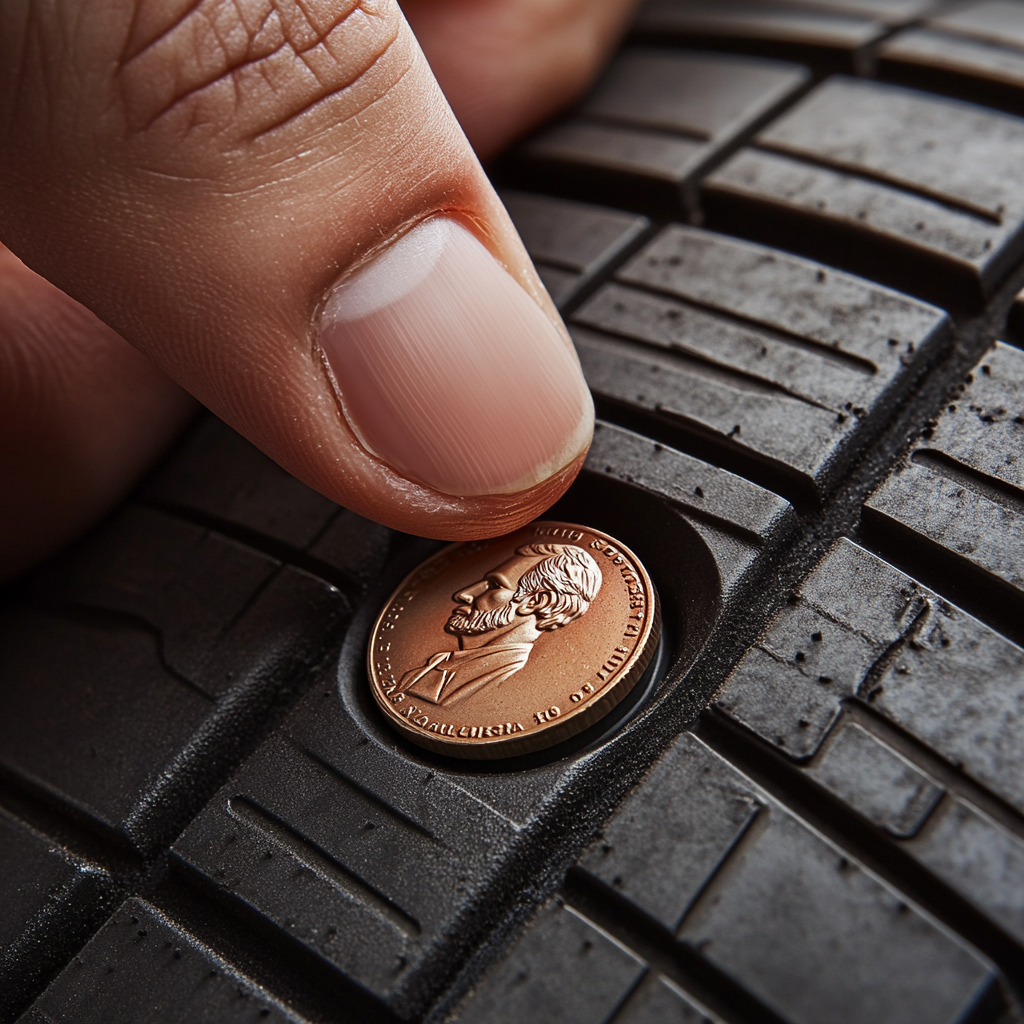
Alignment and Balancing
The key step to making your tires last longer and ensuring a smooth ride is proper alignment and balancing your vehicle’s tire. Both of these processes help to prevent uneven tire wear.
Alignment
Alignment refers to the angle at which your tires meet the road. When your tires are properly aligned it indicates in a straight direction. Which causes evenly wear. When your car hits a pothole, curb or goes through normal wear and tear then misalignment takes place. Misaligned tires cause uneven wear. Regular alignment checks ensure that your tires wear evenly and improve handling and safety.
Balancing
The term balancing refers to the condition about making sure the weight of your tires is evenly distributed around the wheel. Tires can naturally become unbalanced as you drive, especially if you hit bumps. This can lead to uneven wear and even damage to other parts of your car. Getting your vehicle’s tires balanced ensures a smooth ride and extends your tires life.
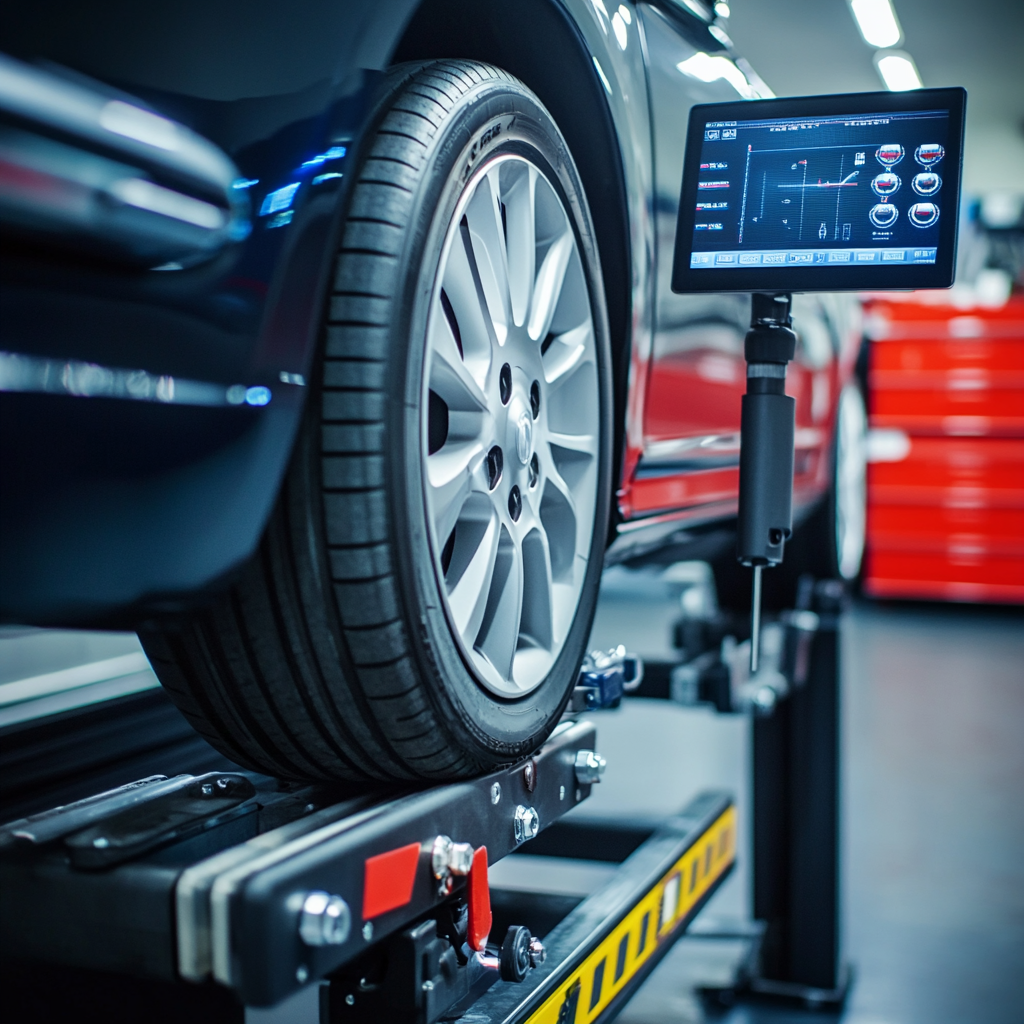
Avoid Overloading Your Vehicle
When you overload your vehicles, it puts unnecessary strain on your tires. Which causes your tire to wear out faster and reduce their overall lifespan. Tires are designed to handle a specific amount of weight, and it is known as the load capacity. When you exceed this limit by carrying too much weight, it increases the pressure on the tires. Because of this extra pressure the tire wearing rate also increases.
Overloading increases the friction of your tire with the road, which causes your tires to heat up more quickly. This heat can weaken the tire’s structure over time. Overloaded tires also affect your car’s handling and braking, making it harder to control the vehicle. Especially during sudden stops or sharp turns.
To avoid overloading, always prefer your car’s manual or on a label inside the driver’s door, where they mention how much weight you can carry in your vehicle. This number tells you the maximum weight your car can safely carry, including passengers, cargo, and fuel. By following those limits, you can maximise your tire life.

Conclusion
If you follow the key maintenance practices it becomes easy and simple extending the life of your vehicle’s tire. And remember the essential steps are keeping your tires properly inflated, rotating them regularly, checking tread depth, ensuring proper alignment and balancing, and avoiding overloading. Each of these actions helps prevent uneven wear, improves your car’s performance, and enhances safety on the road.




